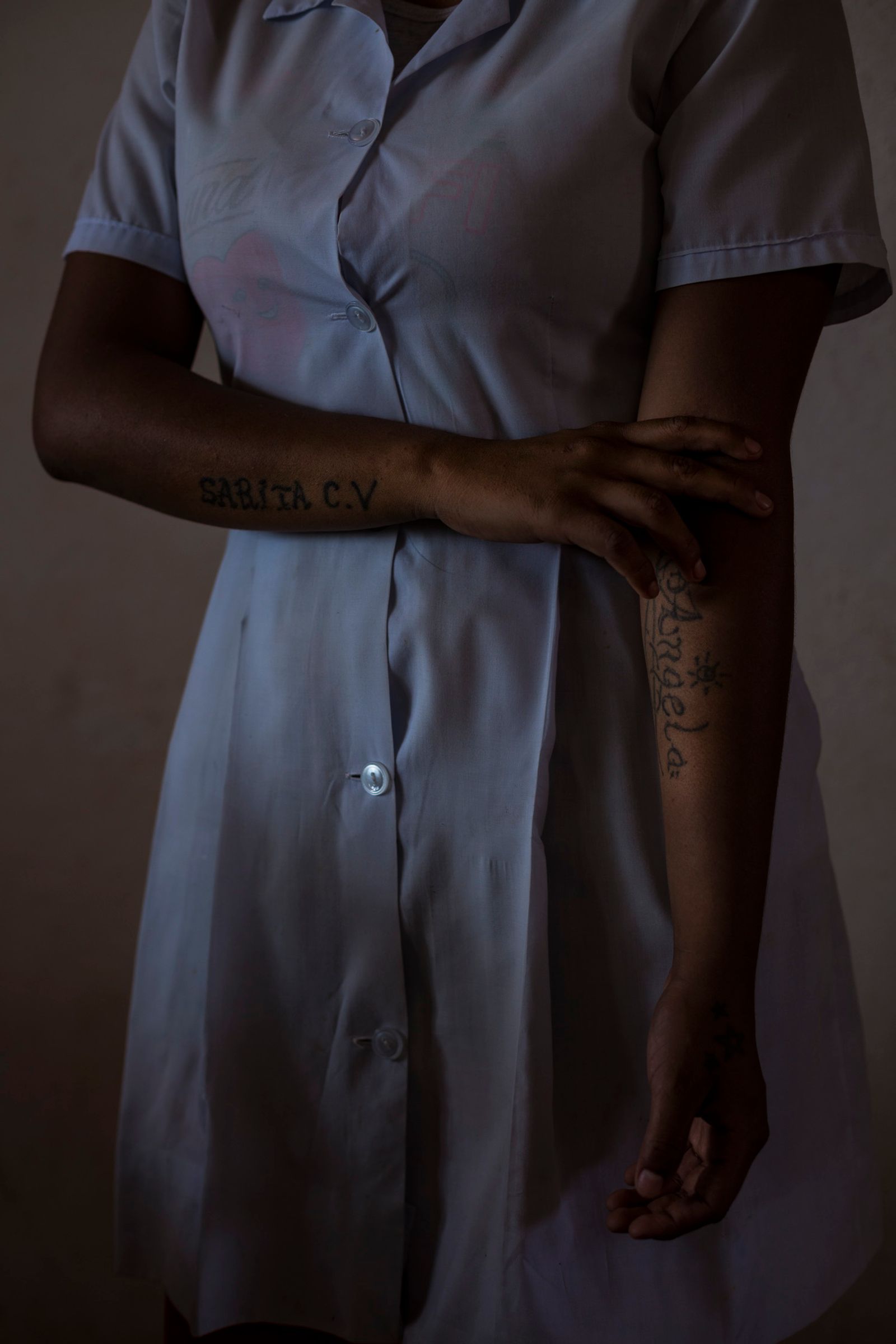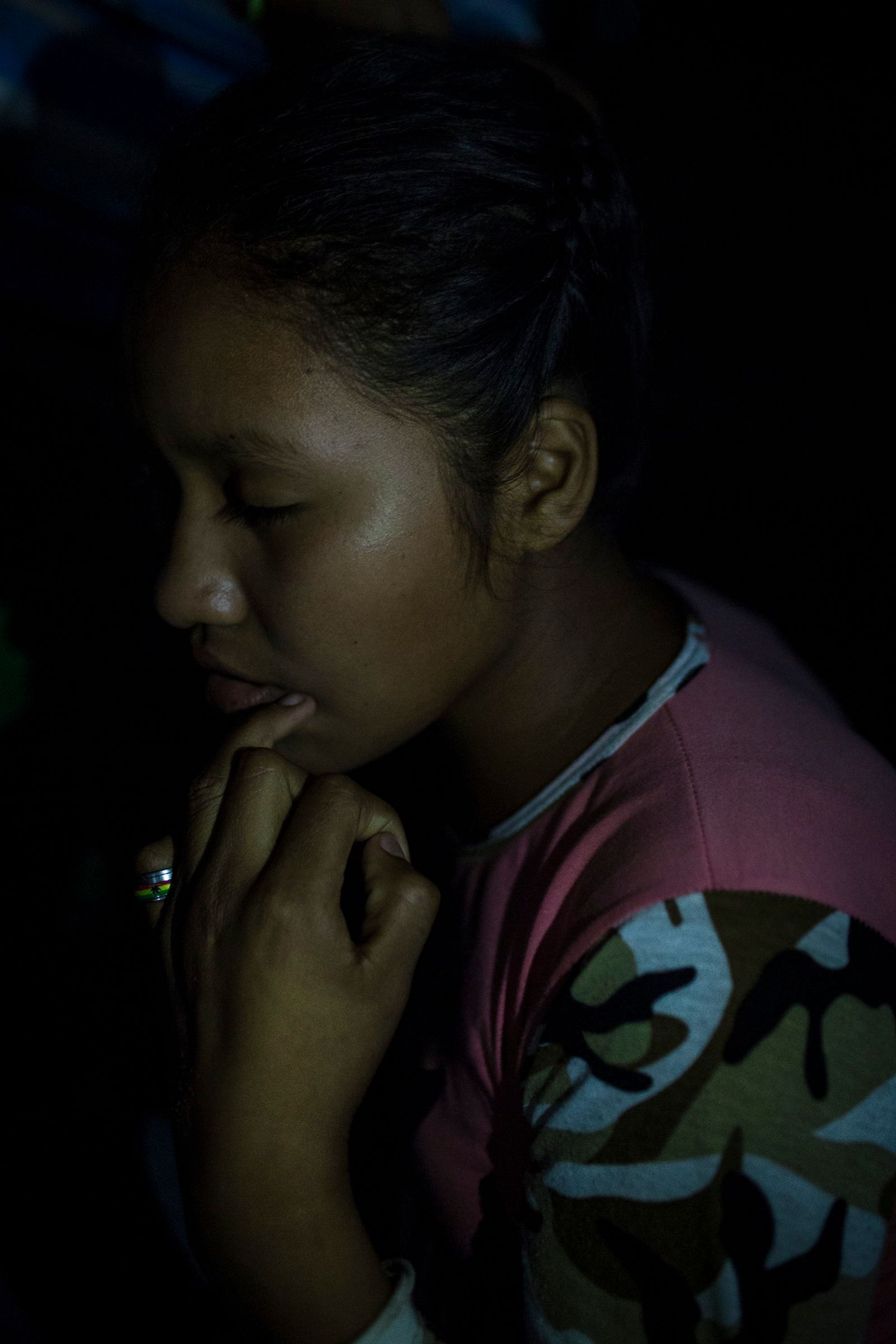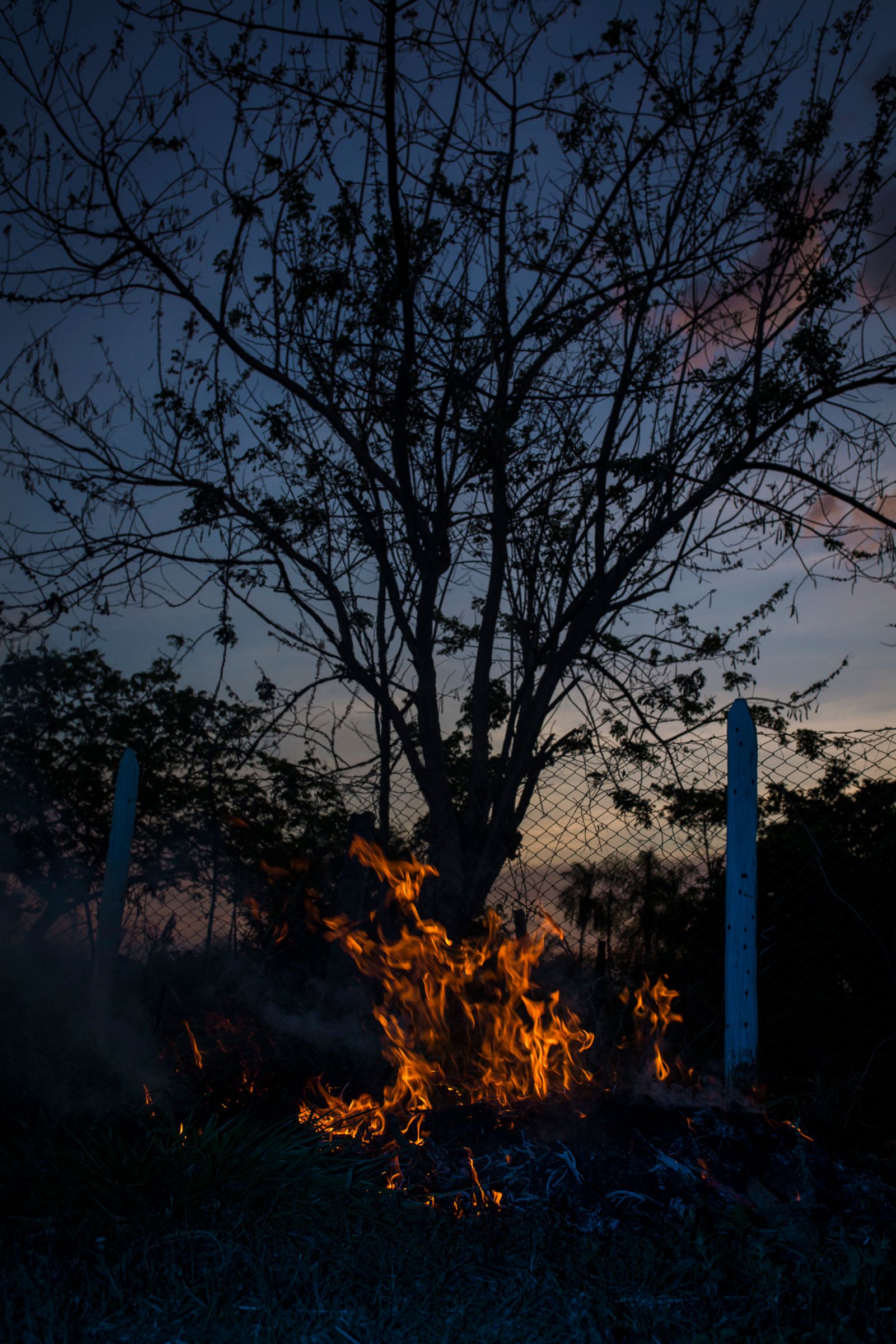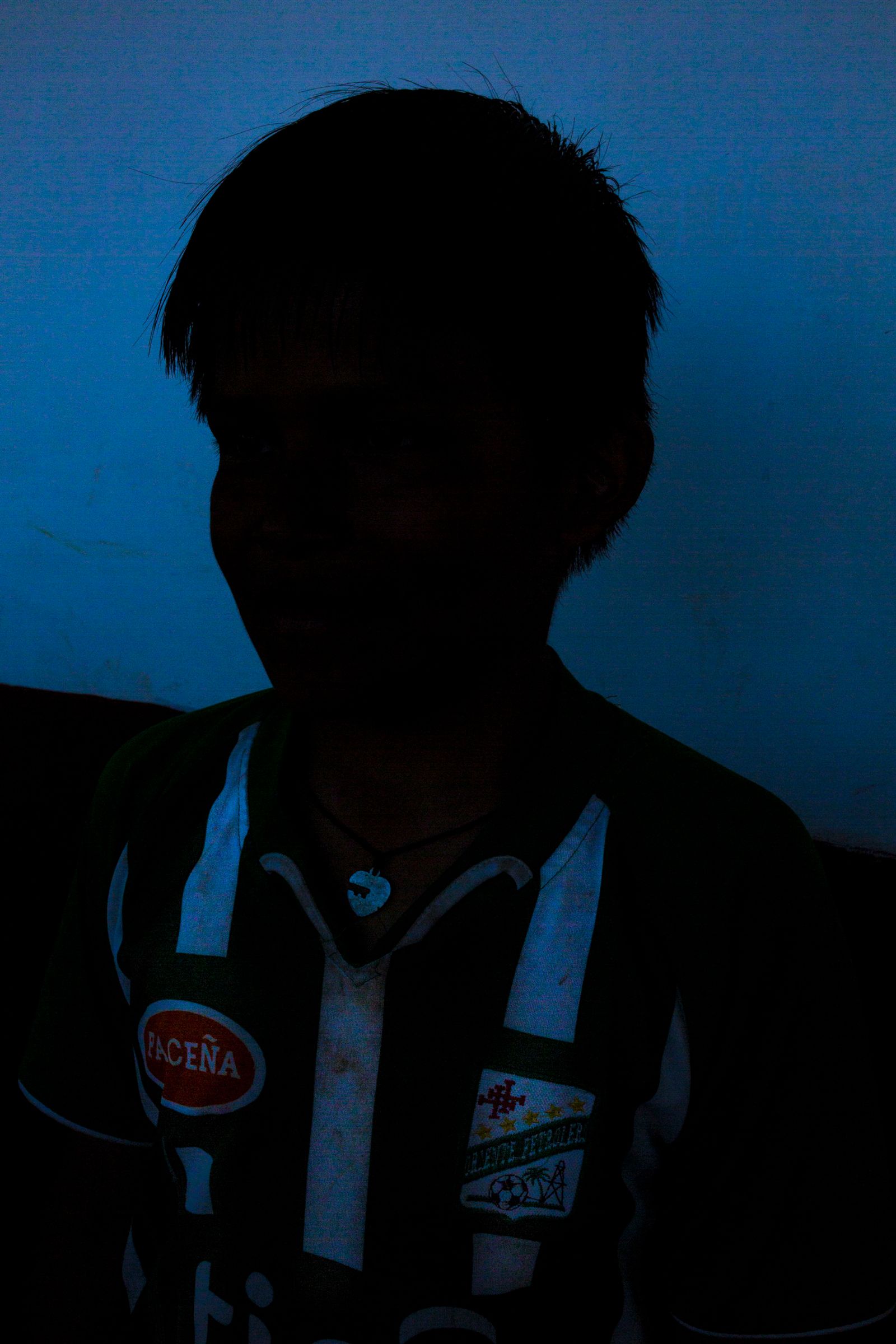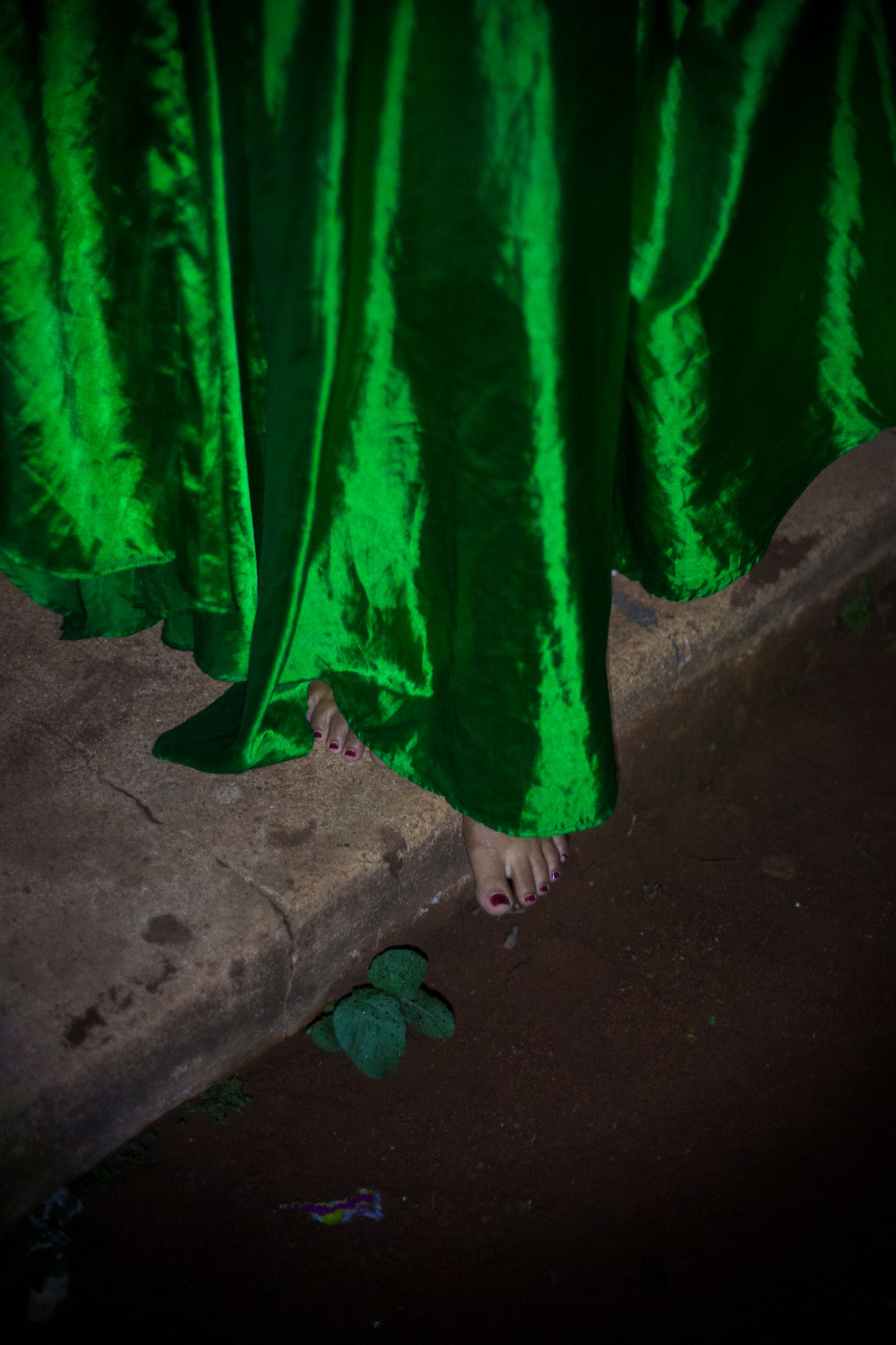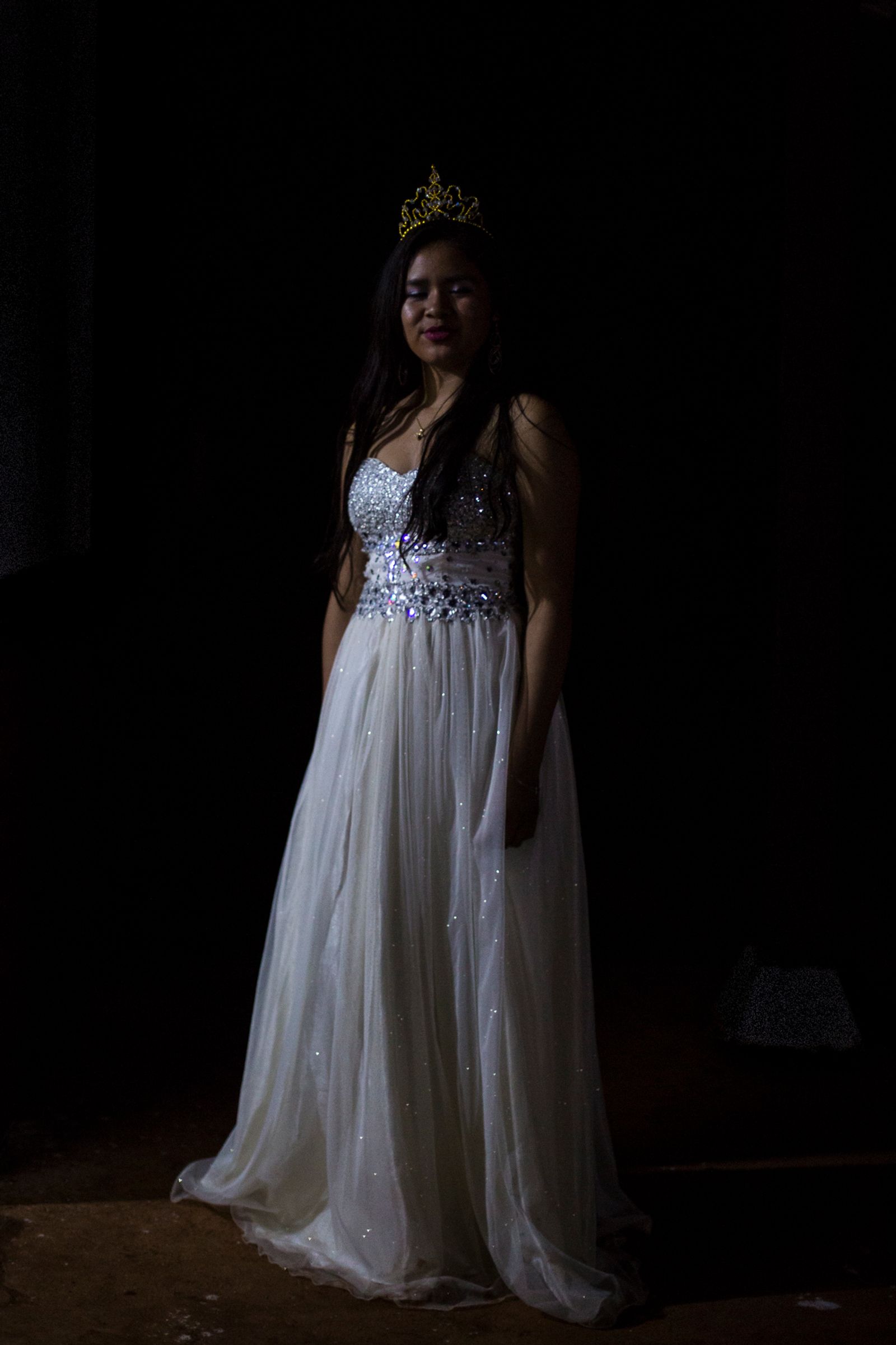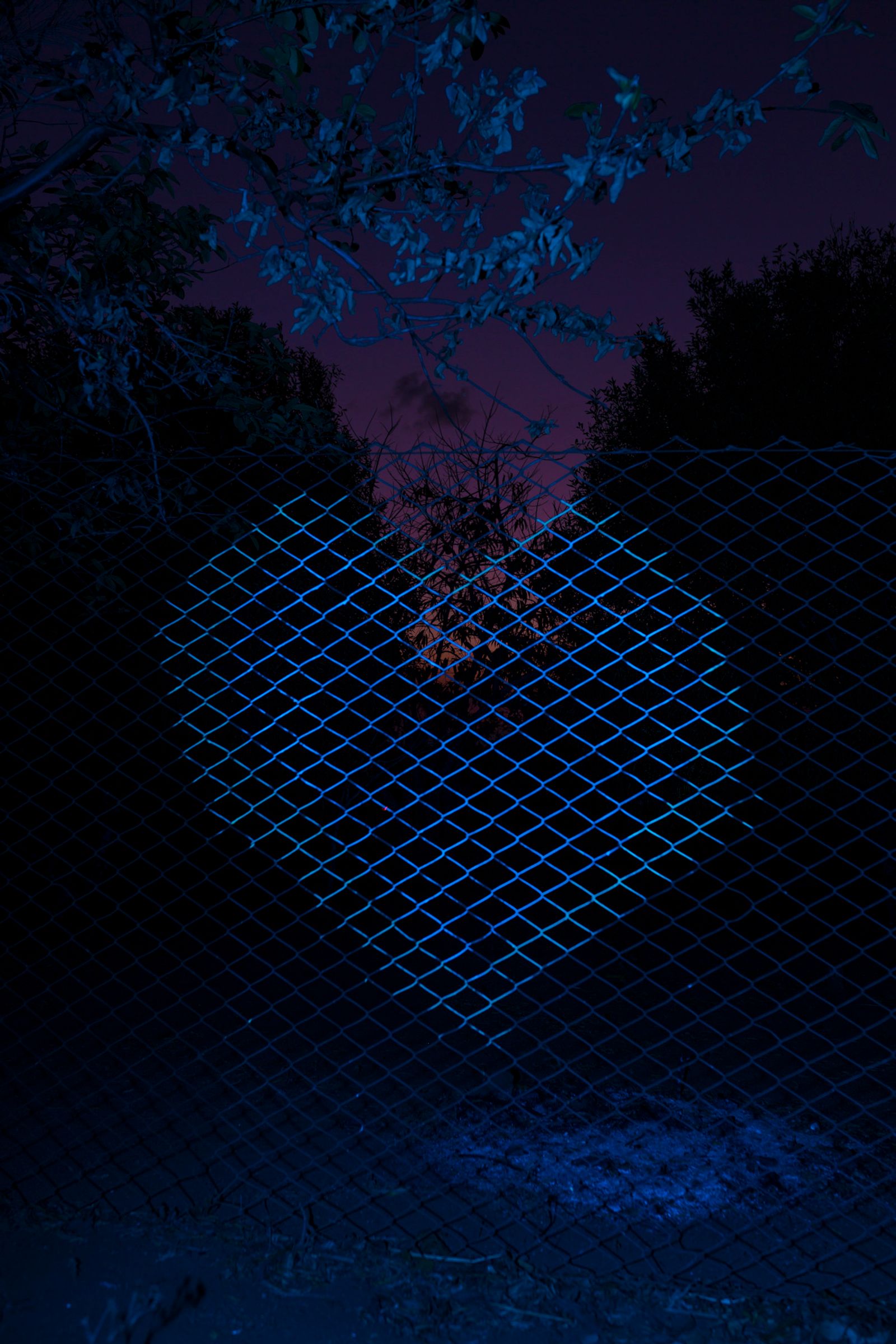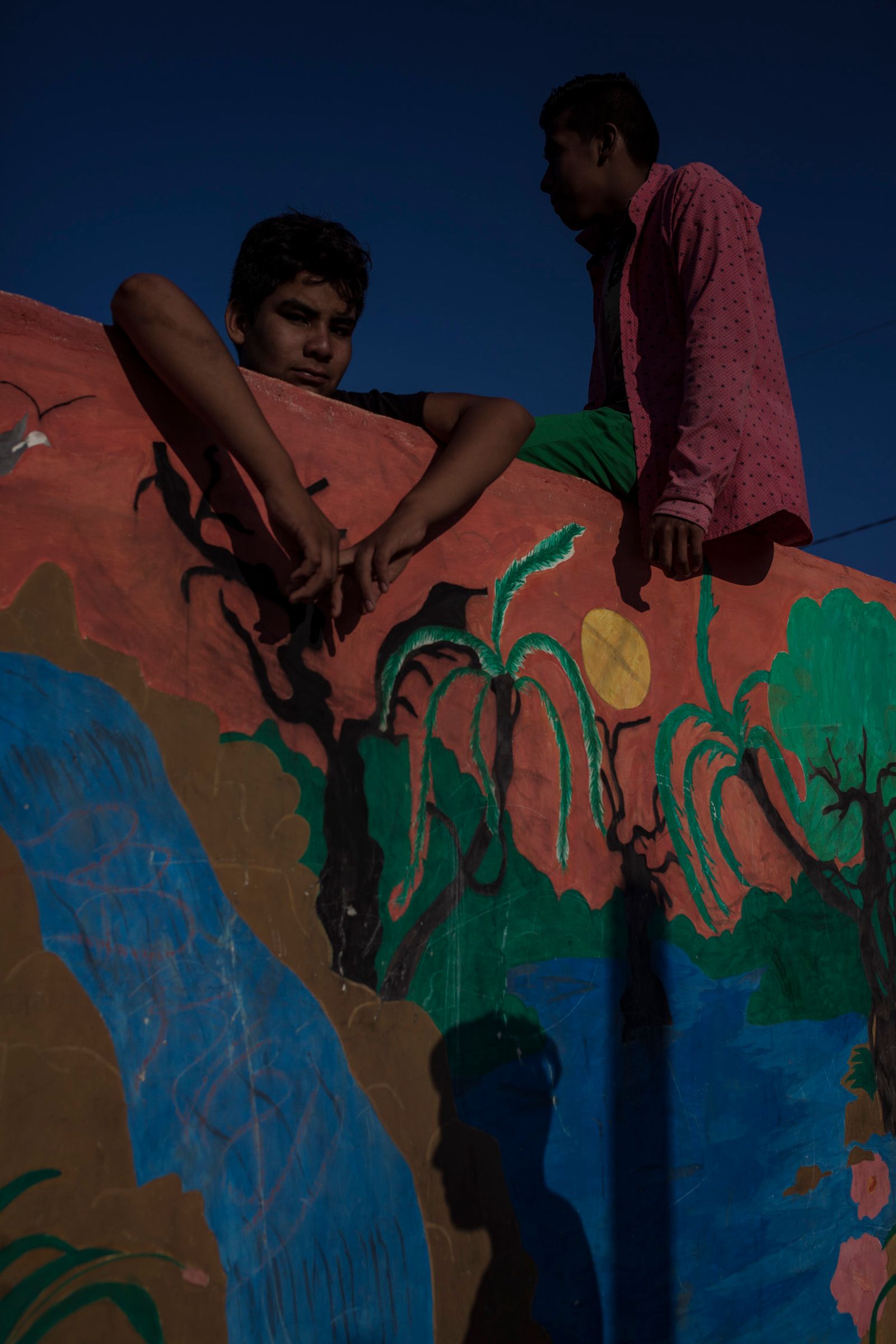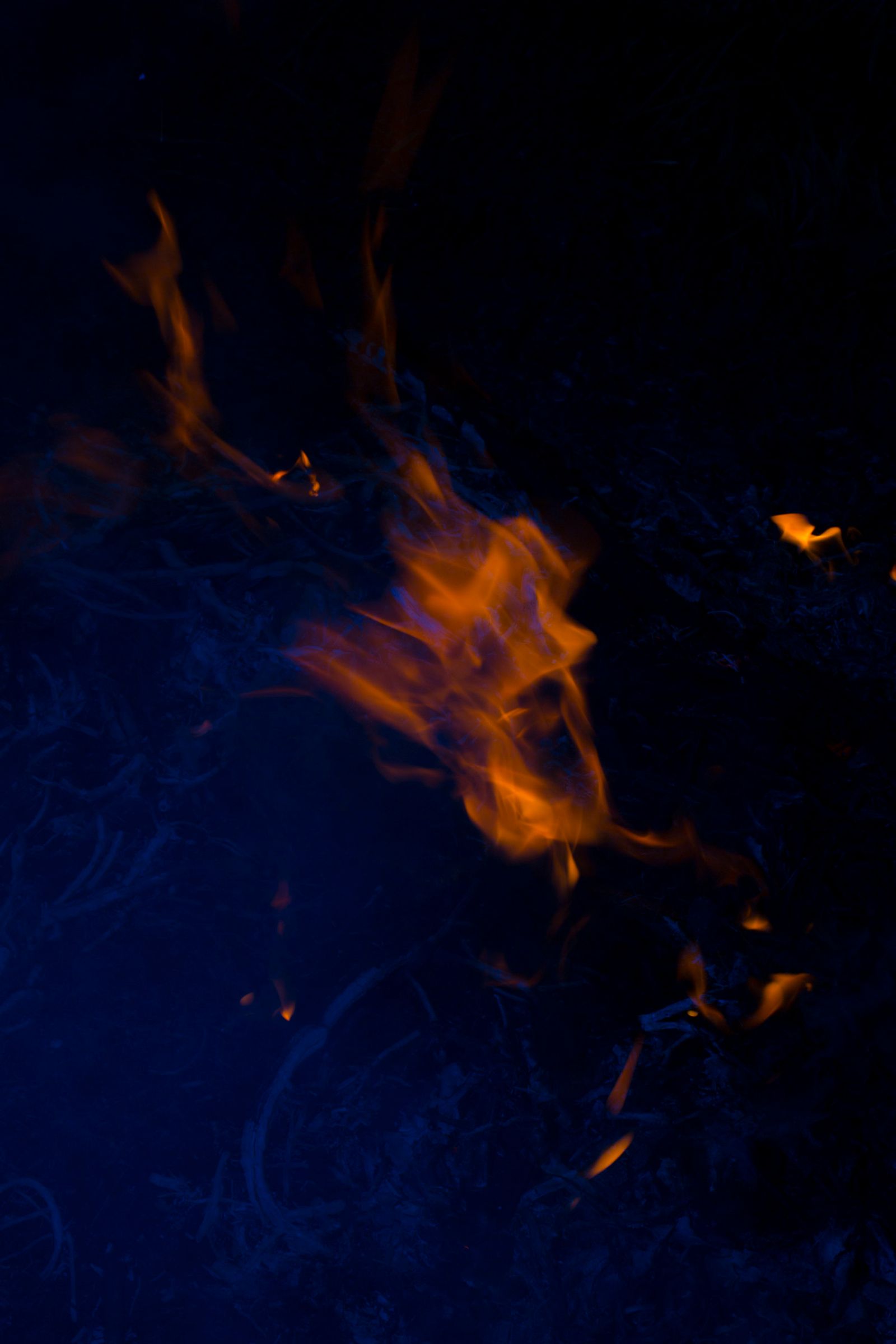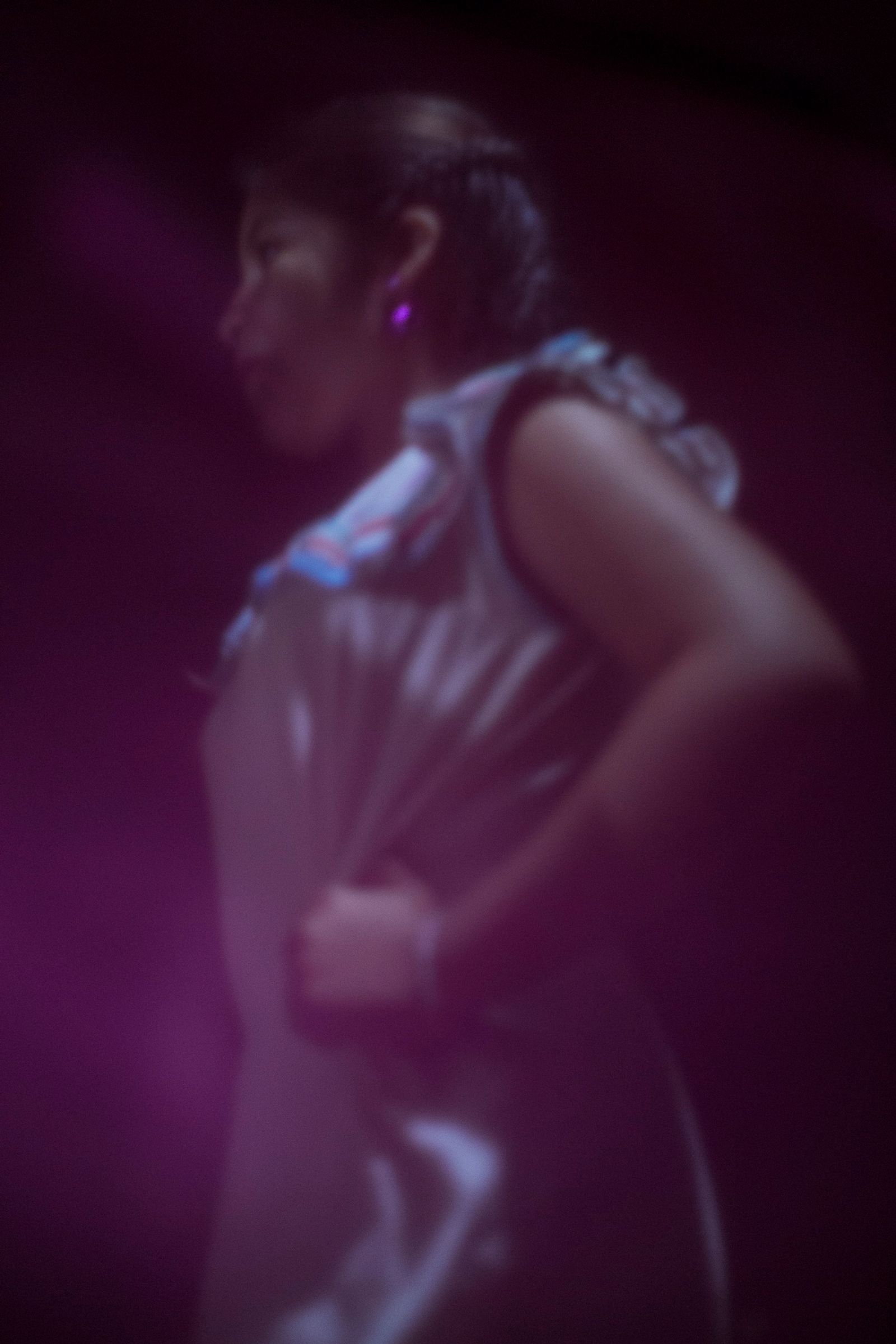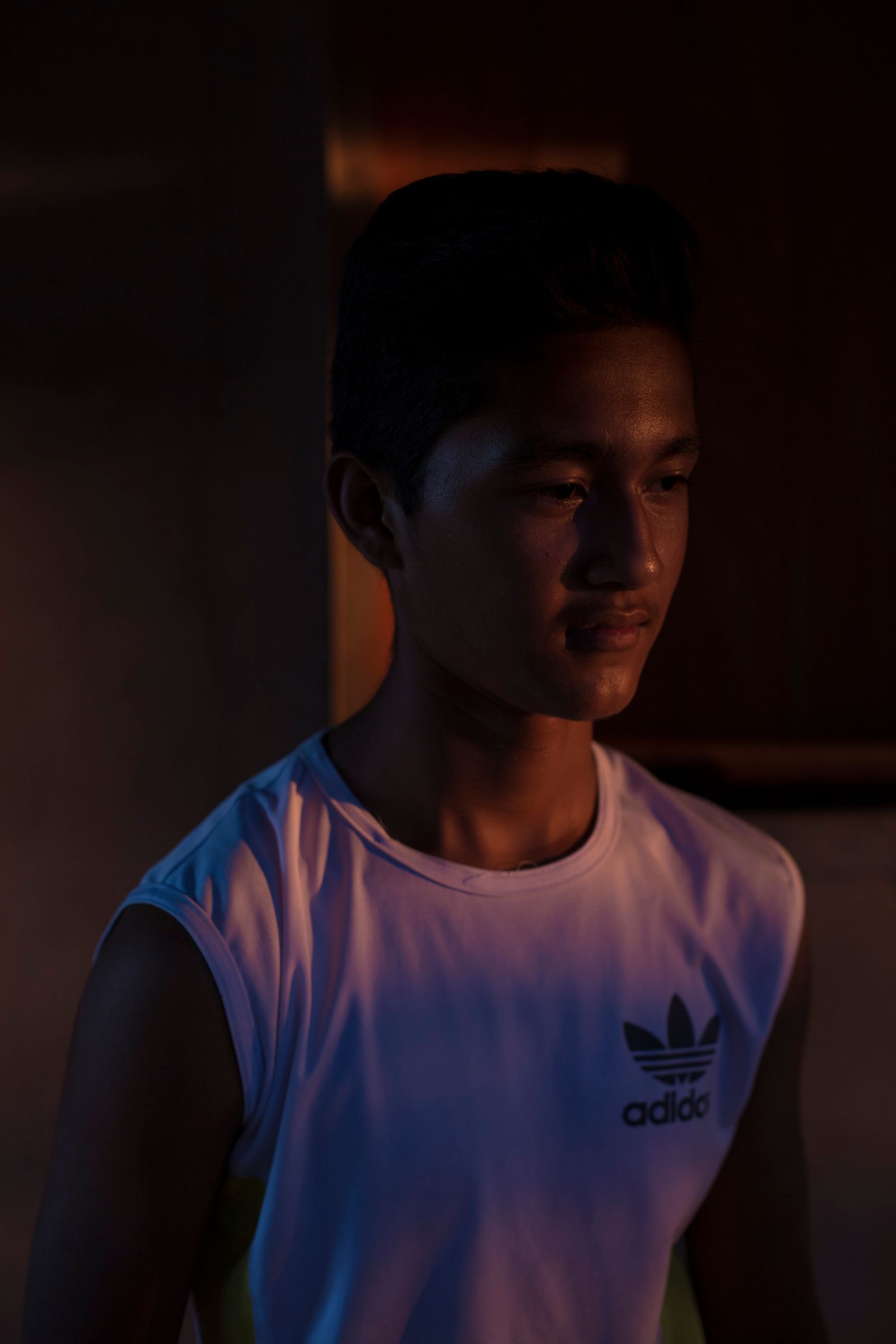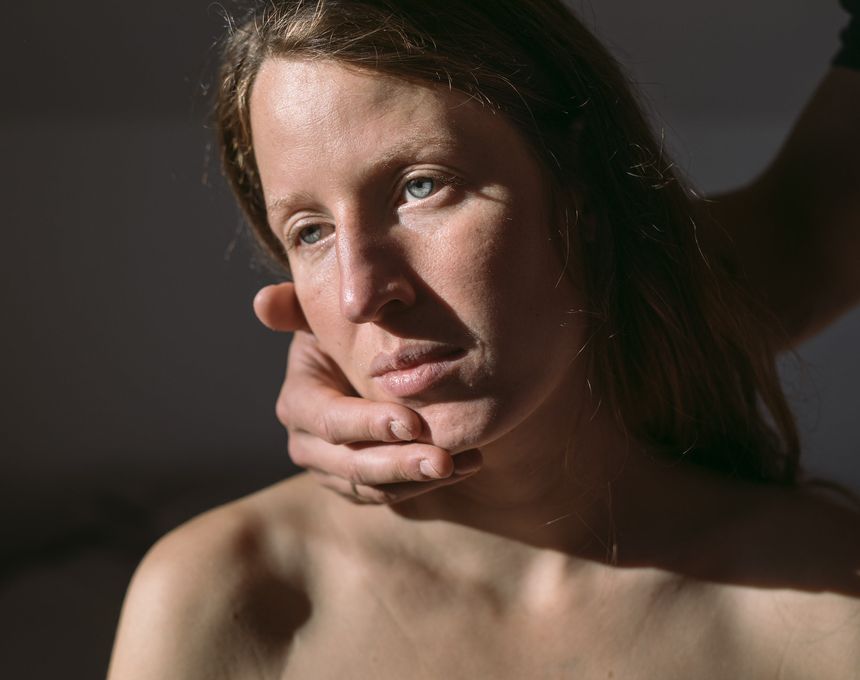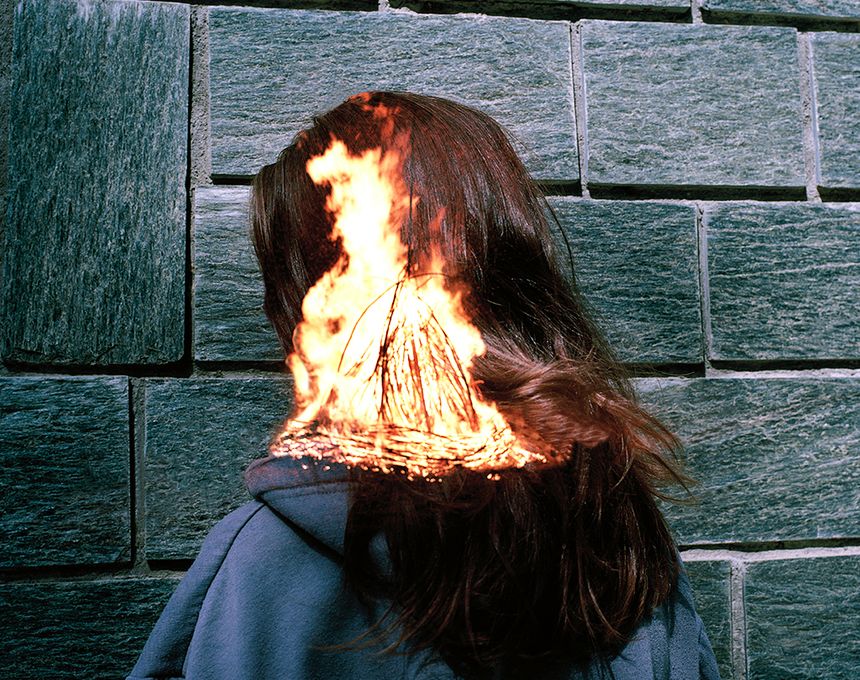OOMO
-
Dates2018 - Ongoing
-
Author
- Topics Portrait, Contemporary Issues, Documentary
- Location Concepción, Bolivia
Comprender los componentes de un retrato, ya sea humano o simbólico, como un encuentro entre la luz, el color y la forma para leer porciones de un universo que representa el entretejido de significados que dan nuevos sentidos a los adolescentes de La Chiquitanía, Bolivia.
[ESPAÑOL]
"Oomo" significa "Arde" en el idioma nativo de La Chiquitanía, Bolivia, el besiro. La transición del adolescente se ve atravesado por elementos -internos y externos- que construyen su identidad. A través del retrato este proyecto busca que la luz y el color sean un puente que cree una analogía de la identidad que se va entretejiendo entre los y las jóvenes de una región con una gran beta colonial, pero que también van experimentando muchas sensaciones muy propias de esta etapa de la vida donde se descubren así mismos y pero también reconocen al otro.
Palpar a través de esta luz rojiza -tan característica de esta provincia- los elementos que generan un sentido de pertenencia y las nuevas sensaciones que son un reflejo de una identidad en construcción, donde se empieza a albergar lo nuevo, lo moderno, pero que también converge con esa huella de la colonia, todavía tan presente, en los pueblos de la región.
Comprender los componentes de un retrato, ya sea humano o simbólico, como un encuentro entre la luz, el color y la forma para leer porciones de un universo que representa el entretejido de significados que dan nuevos sentidos a los adolescentes.
[ENGLISH]
"Oomo" means "Burn" in the native language of La Chiquitanía, Bolivia, the besiro. An adolescent's transition is crossed by elements - internal and external - that build their identity. Through portraiture, this project uses light and color as a bridge that creates an analogy of the identity that is woven between young people of a region with a great colonial beta, but who also experience their own sensations from this stage of life where they discover themselves and also recognize the other.
To feel through this reddish light - so characteristic of this province - the elements that generate a sense of belonging and the new sensations that are a reflection of an identity under construction, where the new, the modern, but also begin to be housed It converges with that trace of the colony, still so present, in the towns of the region.
Understand the components of a portrait, be it human or symbolic, as an encounter between light, color and form to read portions of a universe that represents the interweaving of meanings that give new meanings to adolescents.
